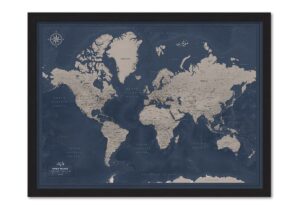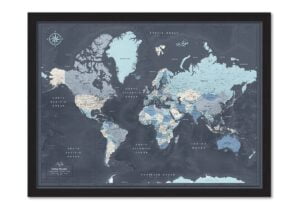Green, eco-friendly, sustainable, and numerous other terms are applied to hotels and travelers that have got their act together in an altruistic fashion that no longer trashes our fantastic world. International awards and accolades are strived for by hotels to show off their environmentally friendly practices; while today’s travelers are more willing to pay for sustainable accommodation with that eco-friendly moniker plastered over its website.
Humans are visual souls: we eat first with our eyes when that pretty plate of food is put in front of us or when we push our noses up against the glass window of a patisserie. It’s the same when we dream of far-flung holidays to escape a maybe humdrum 9 to 5 life. Those mind-blowing photographs of stunning hotels in impossible destinations tease and tempt travel lusting minds. It’s time to look behind the window-dressing if you want to be cast in the mold of sustainable travel.


Sustainable tourism is actually not the same as “ecotourism”. The UN World Tourism Organization states that sustainable tourism includes social and environmental impacts, economic repercussions, and host communities. Think along the lines of conserving natural heritage and biodiversity, respecting the cultural authenticity of local communities in which they are located and preserving the natural heritage of the area. Sustainable travel is a vast concept of conserving everything from big cities to rainforests, ancient ruins to wild animals.
Sustainable travel is only one bite of the “ecotourism” apple. Ecotourism melds together conservation, communities, and sustainable practices. Ecotourism is the whole package, from respecting and conserving the earth’s natural wonders to supporting its local inhabitants leading to responsible travel that won’t harm the environment and promotes education and interpretation.
As a member of the global village traipsing about the world, you get to choose where you put your head on a pillow at night. Don’t just hack into the pretty web faces of Airbnb, Trivago, Booking.com or other hotel search engines that don’t give you any real information apart from the usual blurb of selling a bed for a specific price. That is unless you are willing to take it one step further and google the hotel to check out their own website for the hotel’s eco-friendly factor.


Before clicking on the BOOK button, check that the hotel is au fait with the 3 intangible eco-friendly hotels rules of reuse, recycle and reduce.
When we talk about sustainability –
- Less is more
- Farm to plate food matters
- Rainwater is precious.
Here are some sustainable tourism practices what to look for when you are drooling over that luscious Instagram worthy hotel website:
Whether the hotel has recognisable certification?
Do look for an internationally recognized accreditation sustainability certificate such as Green Globe or Green Key that applauds a hotel for its treatment of waste, efficiently using local natural resources, and using innovative technology for environmental management.
What does the hotel stand for in its mission statement?
Is there a mission statement, a manifesto, or a philosophical blurb about the hotel’s environmental and sustainable practices? If the hotel is smart, it will be putting it out there about its low-impact in construction and design, plus its philanthropy ideals. The hotel group Explora says it well on their website: “Respecting the past, enjoying the present and contributing to a better future“.
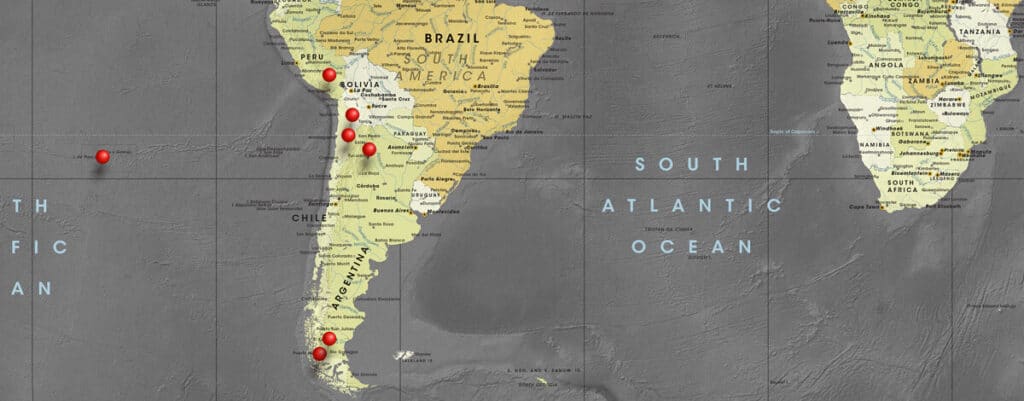
See where Explora lush hotels are located on the push pin travel map.
Whether the hotel does give back to the local society?
Find what the hotel gives back to the society of which it forms a part, such as supporting a local school, hospital, or churches, as well as providing employment. Take a peek at the website’s photo gallery to ensure that locals are being employed in various roles by the hotel. The hotel Song Saa Private Island in Cambodia launched its own foundation to create and promote the wellbeing of the locals plus the natural environment of the Koh Rong Archipelago.
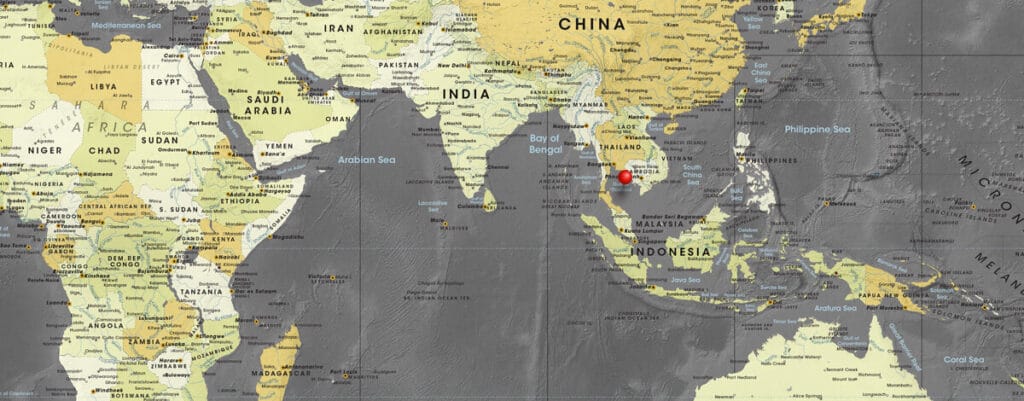
Check out where Song Saa Private Island is located on the push pin world map.
What is the hotel built from, and where is it?
Some of the most amazing and exotic destinations are in 3rd world countries where there are little or no building regulations to adhere to. Book the hotel that leaves no permanent footprint on the earth. Where the construction materials are in sympathy with its environment and maybe what the locals use. It’s all about maintaining the natural heritage without raping and pillaging. The epitome of this can be experienced at Six Senses Qing Cheng Mountain, China. The hotel has incorporated geographical landscaping and architecture into the creation of a visual apparition that leaves you gob-smacked.
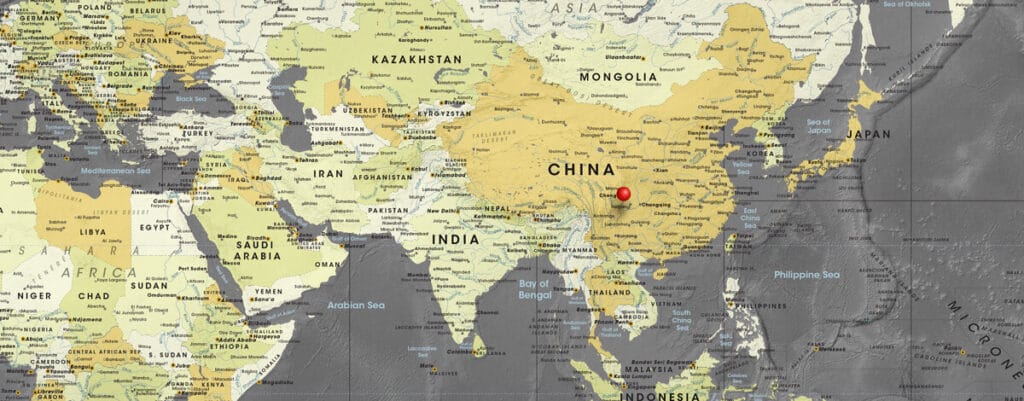
The world map with pins below will show you where Six Senses Qing Cheng Mountain is located in China.
How does the hotel manage its energy-saving program?
Select a hotel that is carbon-neutral and sporting the LEED (Leadership in Energy and Environmental Design) logo. This means that the hotel has low energy light bulbs, recycling programs in place, offers linen reuse, and bicycles for guests to use. They will have shuttles to get you where you want to go, such as the airport or around town. You might even be able to purchase carbon credits that give funding to local renewable energy projects. The Brando, French Polynesia is almost 100% self-sustainable and totally carbon neutral.
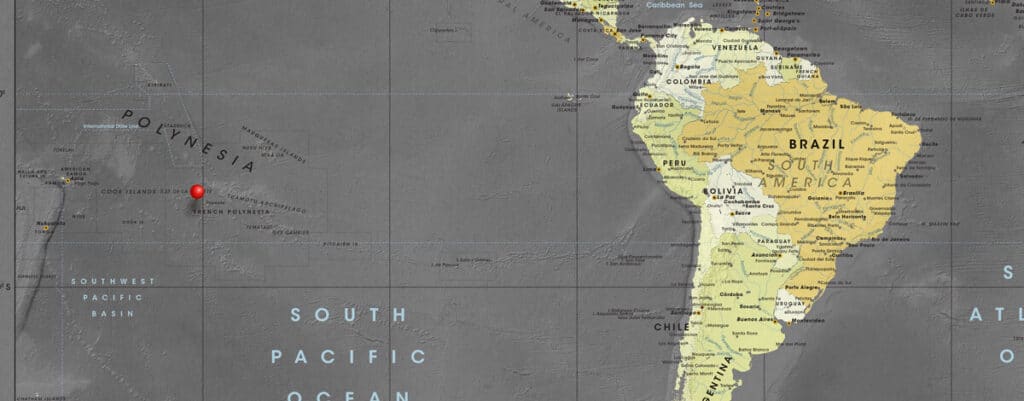
If you are directionally challenged, the pushpin map will show you where French Polynesia is.
How is the interior decorated in the hotel?
Take note of the decor of the hotel. Think twice about hitting that button if it’s perched on an island and decked out in Parisian chic. Look for hotels with local artifacts, artworks, handwoven rugs or light fittings creatively conjured out of a local product. Are bathroom amenities pictured as being stunning refillable glass or pottery bottles instead of individual plastic horrors that only create landfill? The wondrous green design Hotel South Beach, USA, has totally used nature as its muse with bamboo speakers and clothes hangers of recycled newspaper.

To see these innovative creations, you can see where the hotel is located on the world travel map with pins.
Whether it is possible to experience the local community?
Look for details of tourist experiences that can be shared with the local community; whether it’s using local guides to go exploring or indigenous women sharing traditional cooking skills. Maybe the hotel offers volunteering scenarios to get involved with; from planting trees in eroded land areas to teaching at the local school. Thala Beach Lodge, Port Douglas Australia has been recognized for inviting the elders of the Kuku Talanji tribe to take their guests on an adventure. From hunting for bush food to acquainting guests with healing plants, sustainable tourism is learning about the local culture.
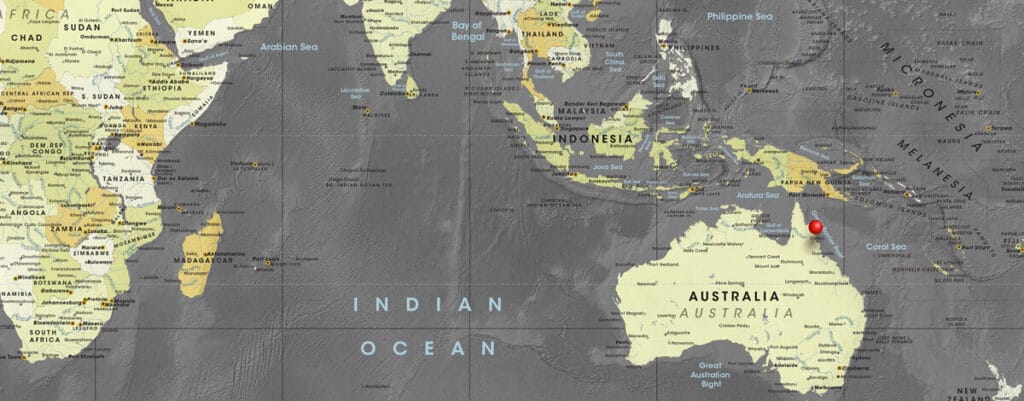
The playground of Port Douglas in Australia is pinned on the world map.
What kind of food does the hotel serve their guests?
Take the time to drool over the hotel’s restaurant offerings. The restaurant should be promoting fresh seasonal foods and delicacies. Whether it’s from their own restaurant garden or by using produce sourced from local farmers. If they have their own herb or veggie garden, you can assume that composting waste is on their agenda. Take note of the menu, do they celebrate local traditional dishes?
Alternatively, jump onto one of the hotel booking websites below to maintain your sustainable travel integrity:
The power of the spending buck is in your fingertip.
The choice is yours to make on how you travel; whether it’s with the cloven hooves of a devilish who-cares attitude or that of an enlightened mind who wishes to leave no footprints, only pins on your world push pin map. Take a look at Pin Adventure travel maps with pins, get inspired on how to make your own unique map, and start tracking the places you have been.
